curated by Bartolomeo Pietromarchi, Luigia Lonardelli
in collaboration with Archivio Maria Lai and Fondazione Stazione dell’Arte
On the occasion of the centenary of her birth, MAXXI is dedicating a major exhibition to Maria Lai(1919-2013), one of the most unique characters of contemporary art in Italy, and her works have recently been displayed at Documenta 14 and the 2017 edition of the Venice Biennale.
A necessary tribute to a great artist who created a language in relational art made of sensitivity, local tradition and global codes.
Tenendo per mano il sole is the title of the exhibition and the first Sewn Fable made by the artist. Both the title and the work contain many of the elements typical of Lai’s research: her interest in poetry, language and the word; the cosmogony of her geographies evoked by the sun; the pedagogical vocation implicit in that “taking by the hand”. Not so much a classic retrospective as a story that is not bound by purely chronological constraints and follows a peculiar biographical and artistic path, characterised by discourses and intuitions apparently left suspended before being taken up again many years later.
Through a broad selection of works, many of them previously unseen, the exhibition presents the multifaceted world of Maria Lai and the dense stratification of ideas and suggestions that characterised her imaginary. The show is structured in five sections which take their name from citations or the titles of works by Lai, while the subtitle describes the typical methods of her research; the voice of Maria Lai accompanies each section through a montage of previously unseen material compiled by the director Francesco Casu. There is also a final section documenting the works of environmental art realised by the artist, in particular in the Ogliastra region.
Tenendo per mano il sole, 1984-2004, thread, fabric, velvet (detail). Private collection, Courtesy Archivio Maria Lai. Photo Francesco Casu © Archivio Maria Lai by SIAE 2019



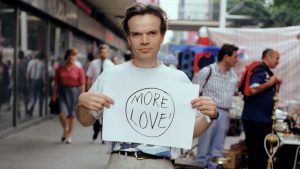
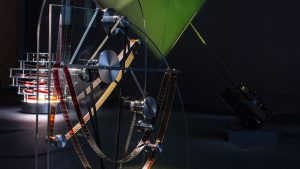

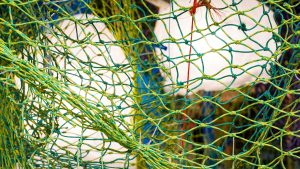
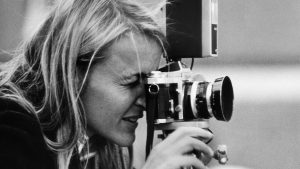

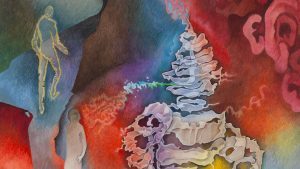
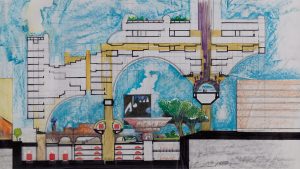
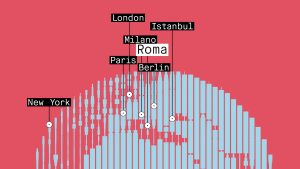

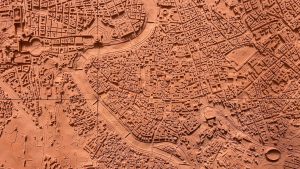

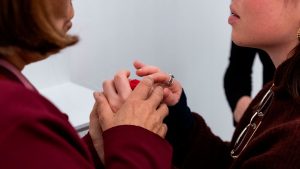
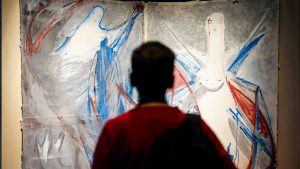
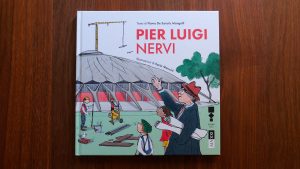
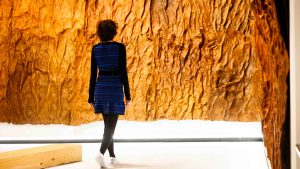
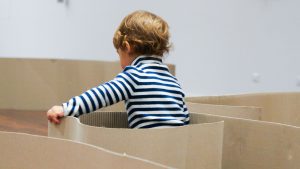
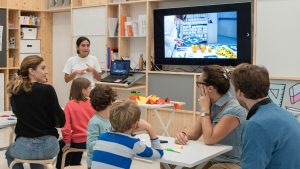
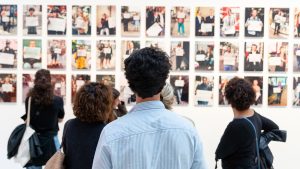
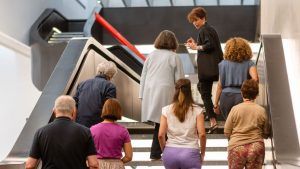
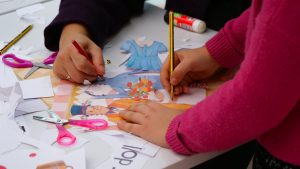

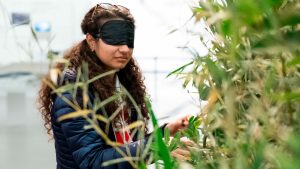
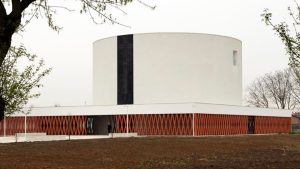

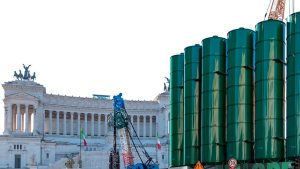
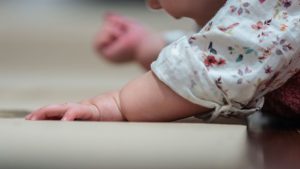
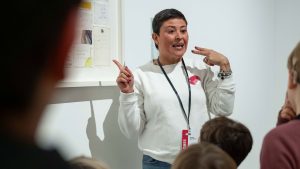
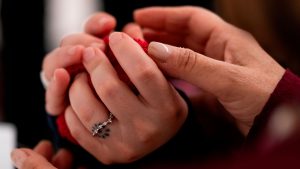


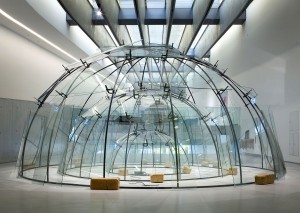
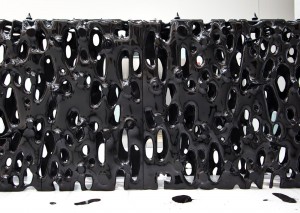
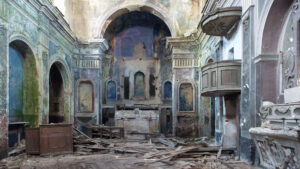


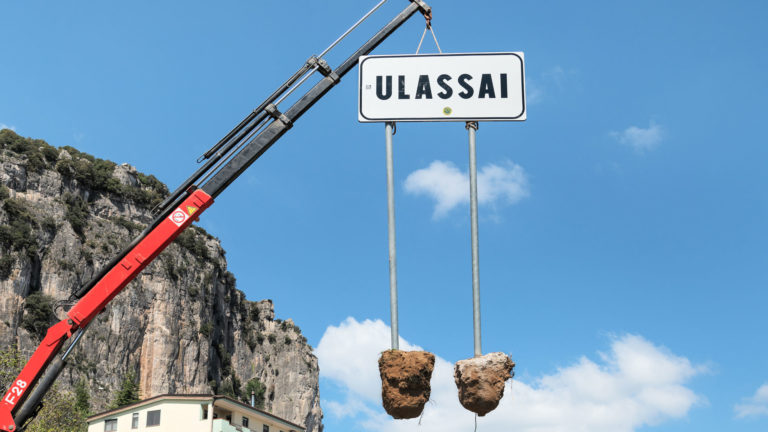
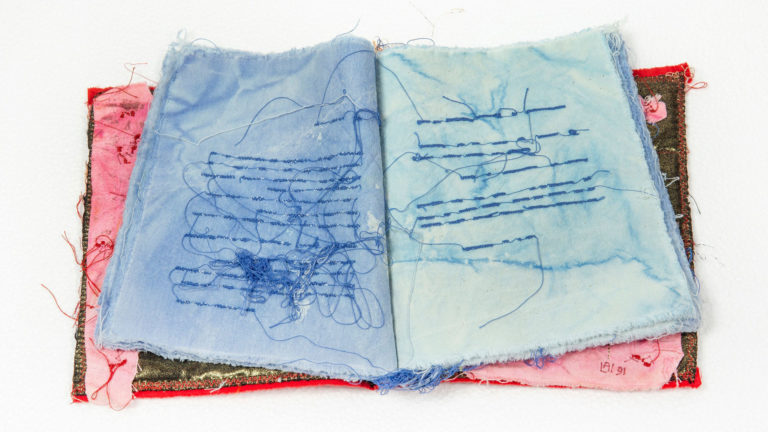
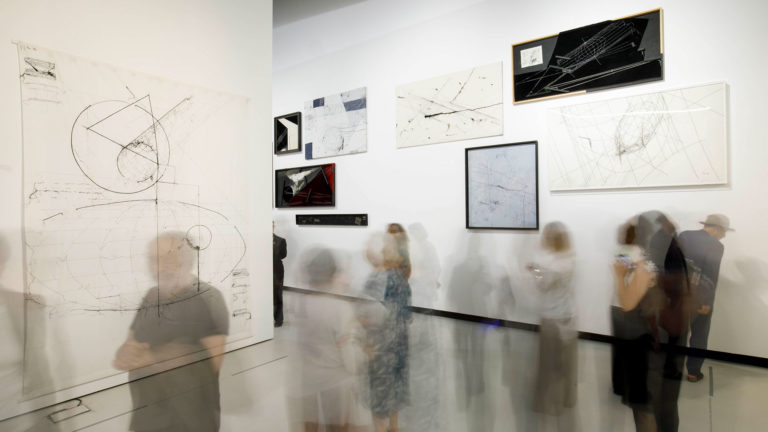
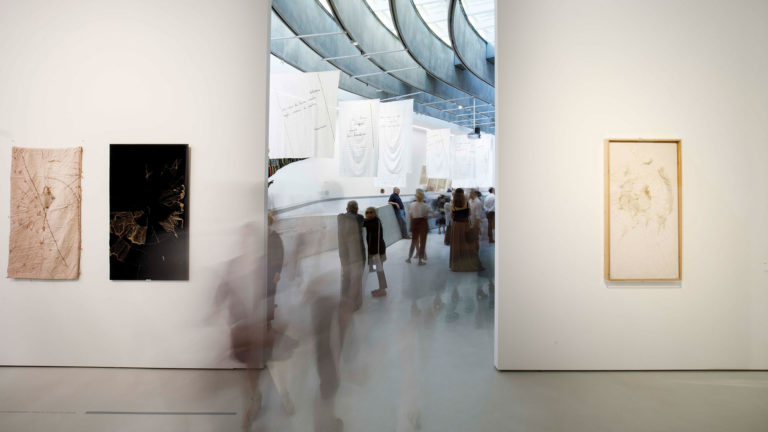
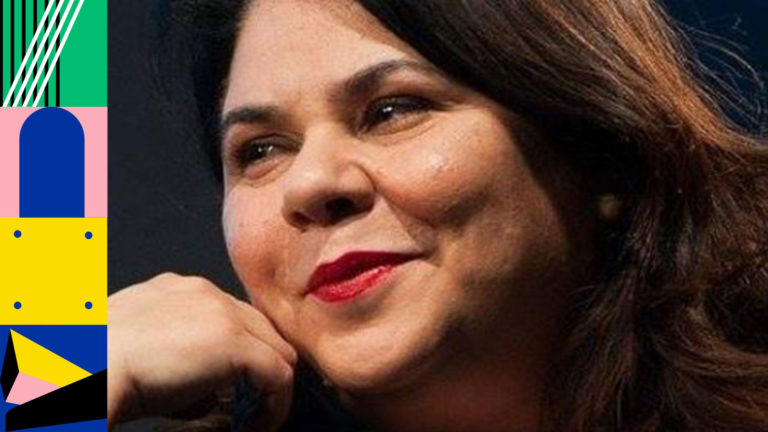
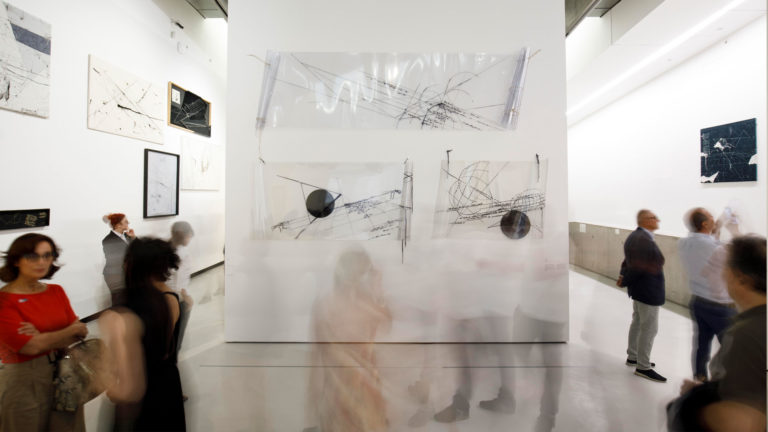
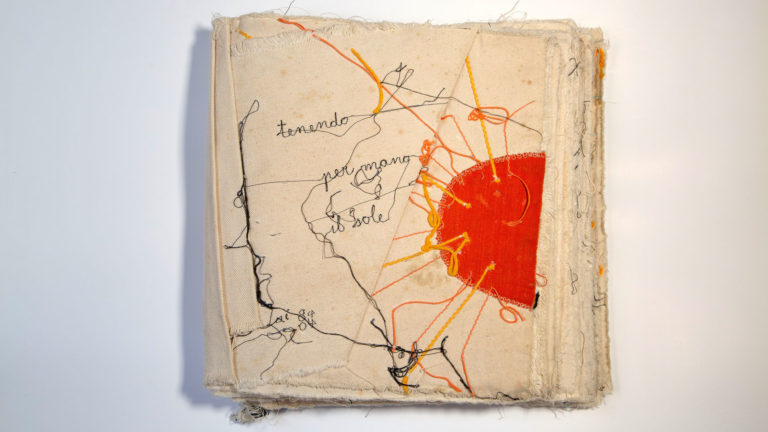
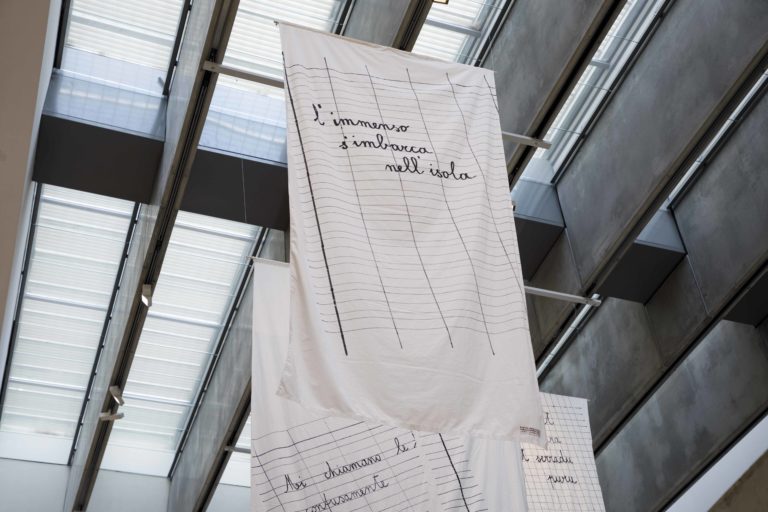
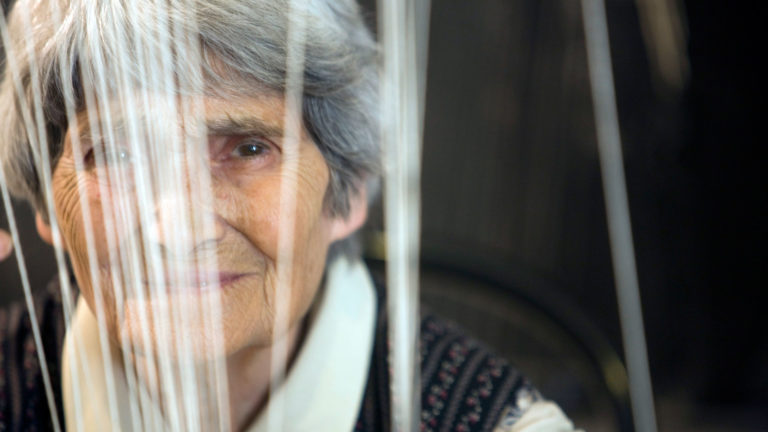
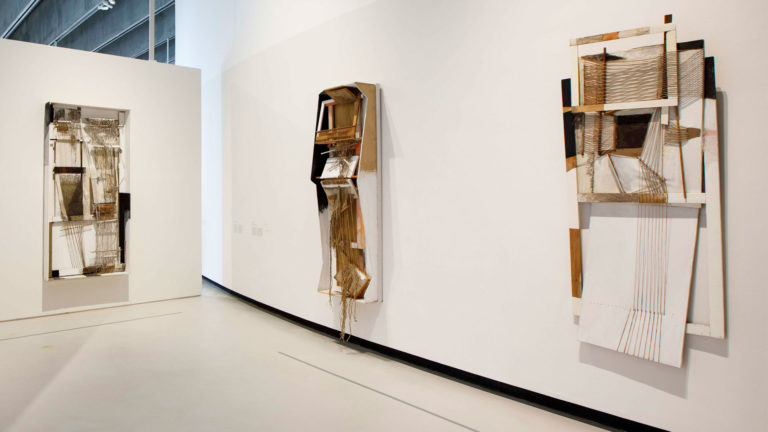
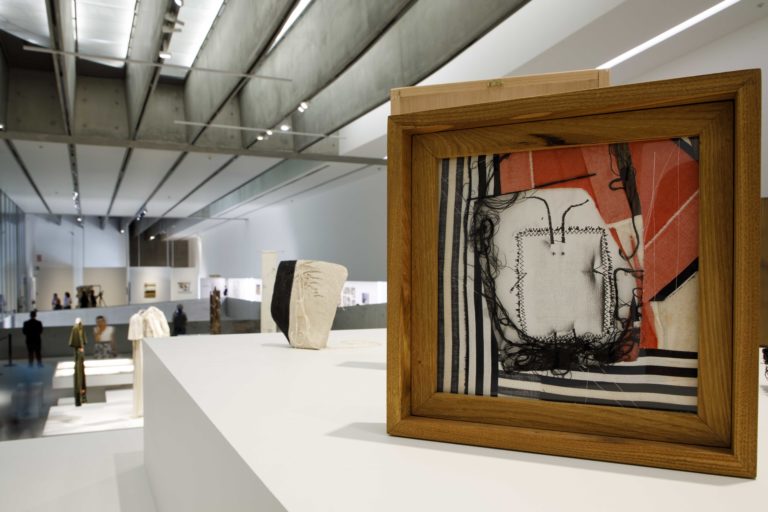
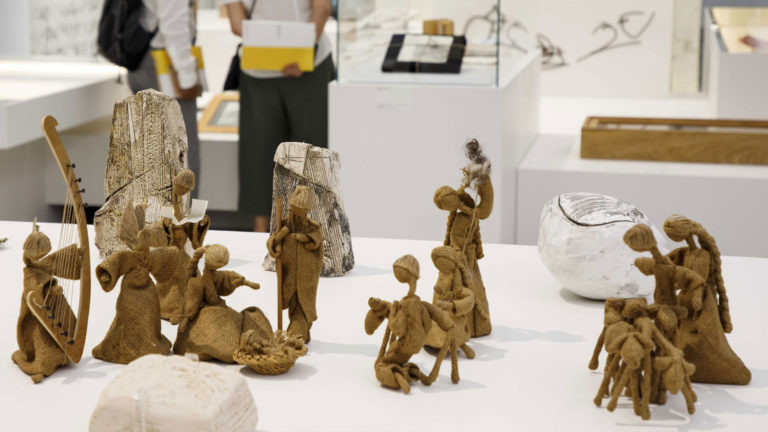
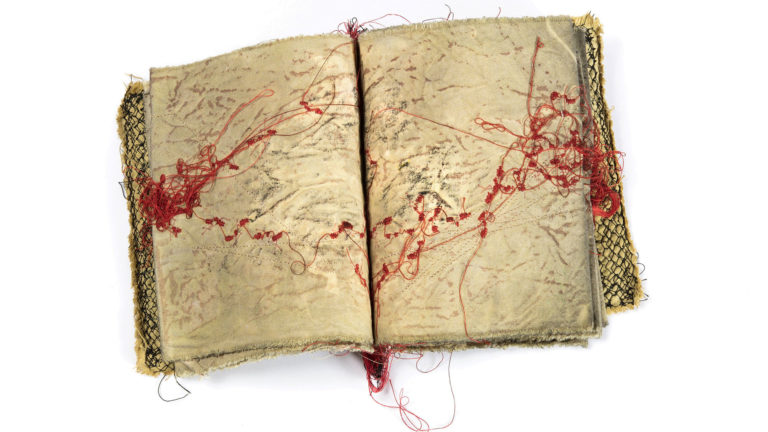
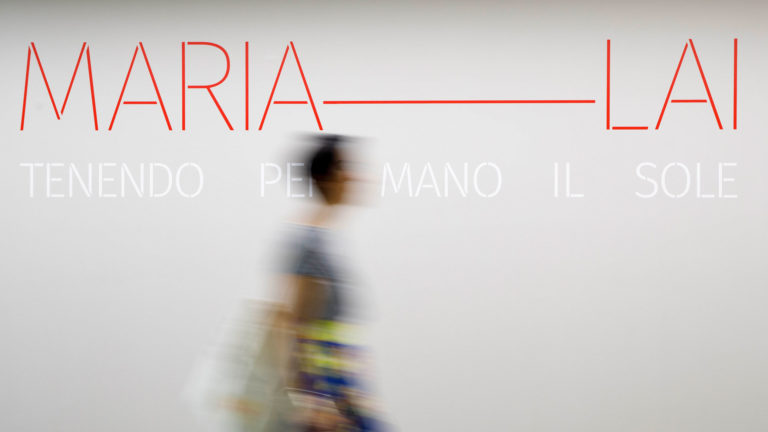
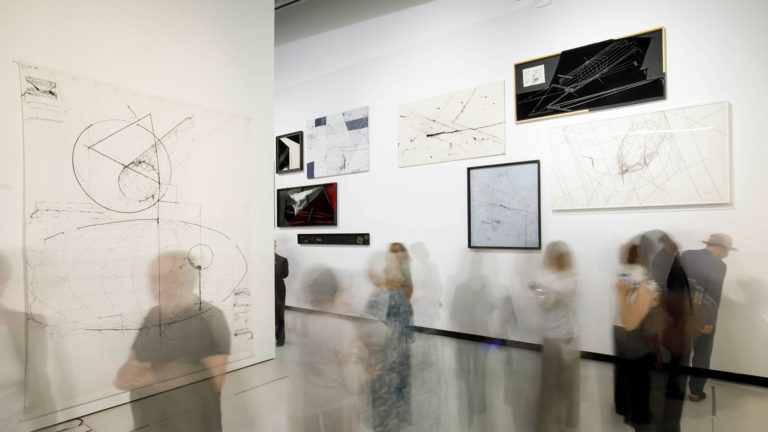
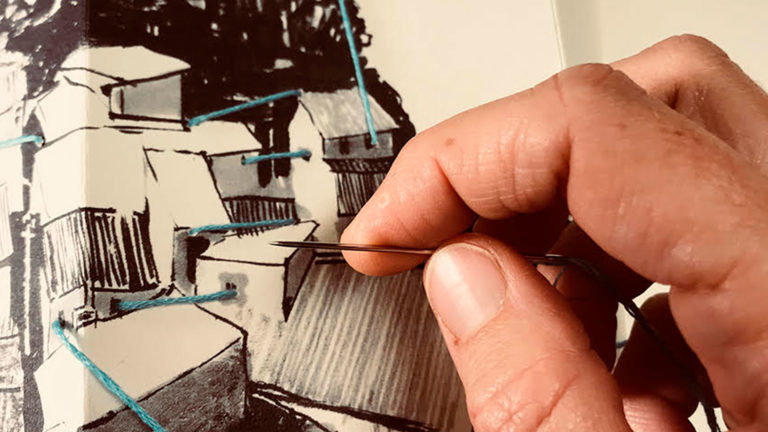
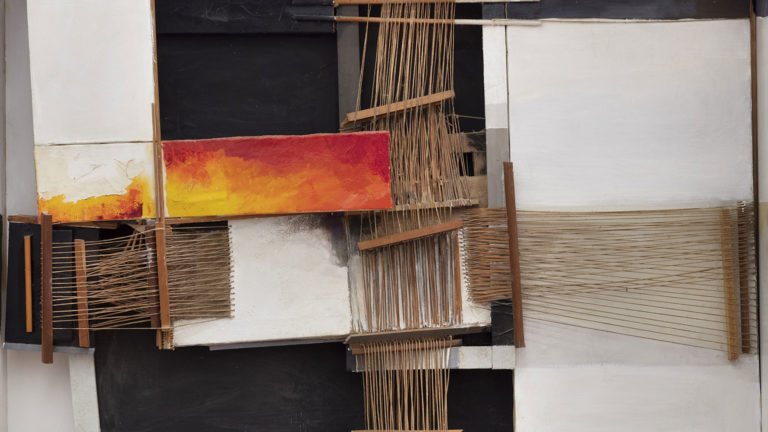
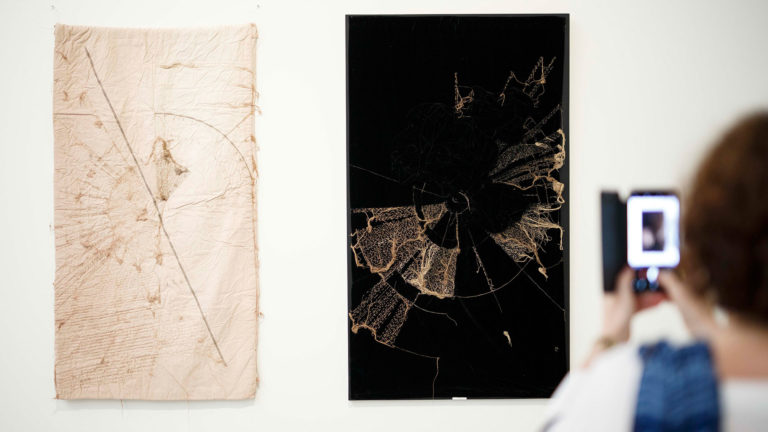
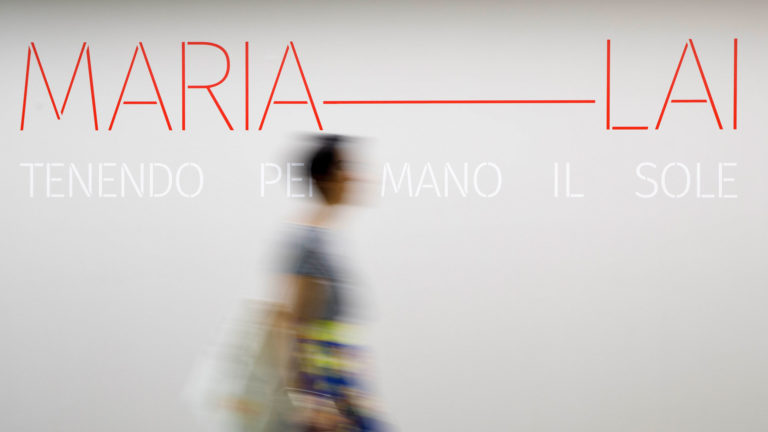
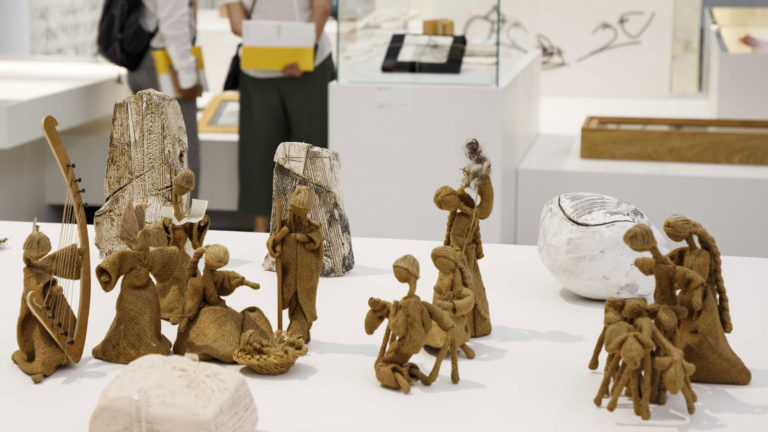
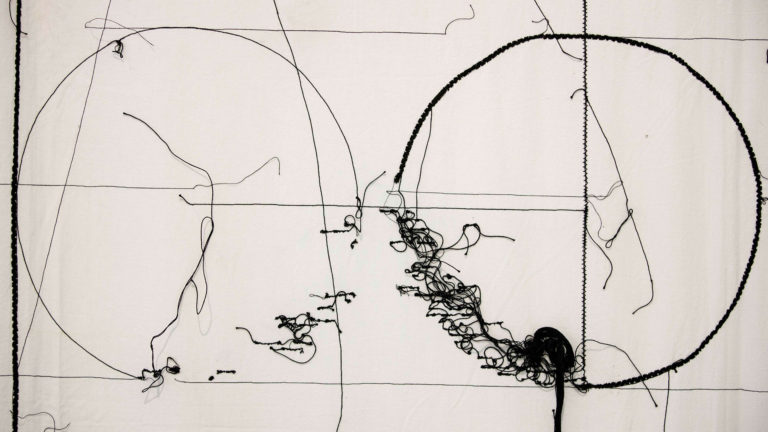
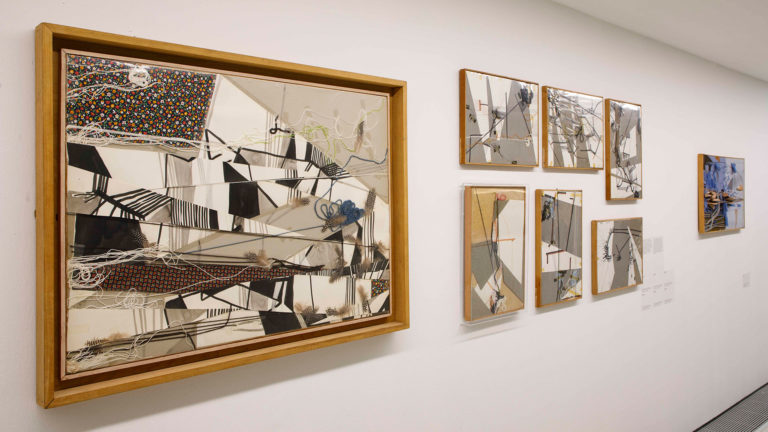

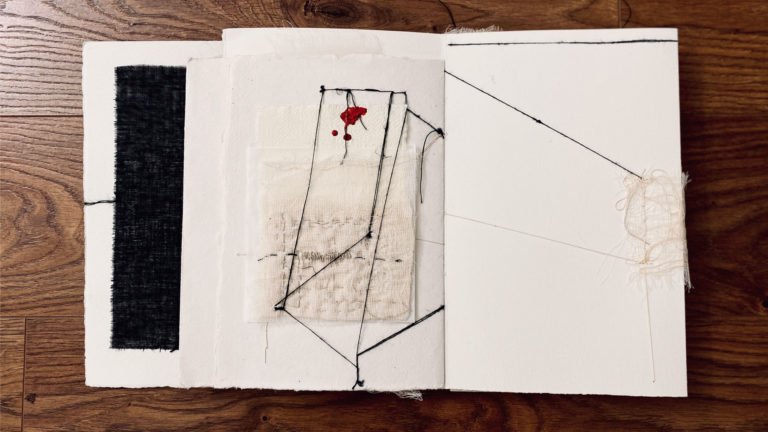

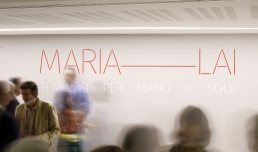
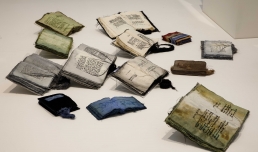
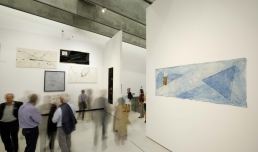
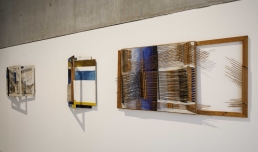
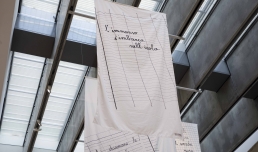
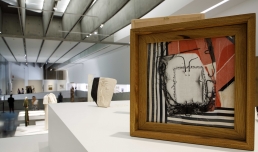
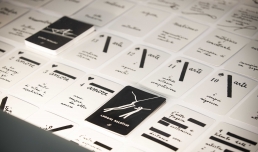
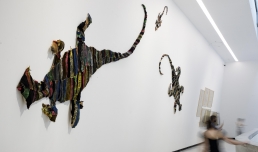
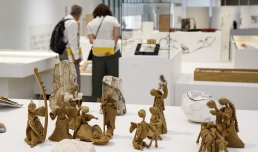
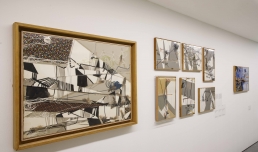
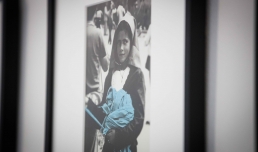
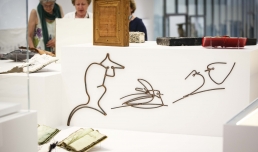
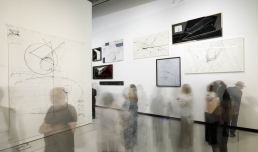
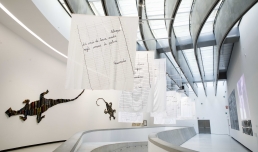
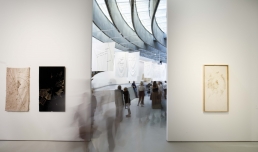
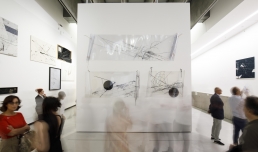

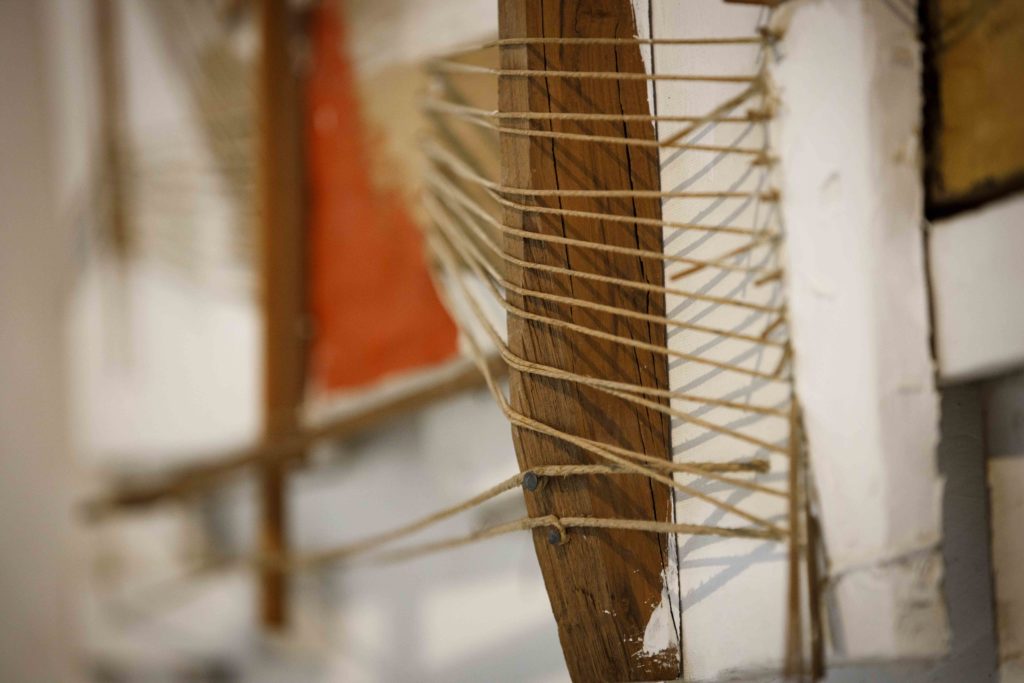
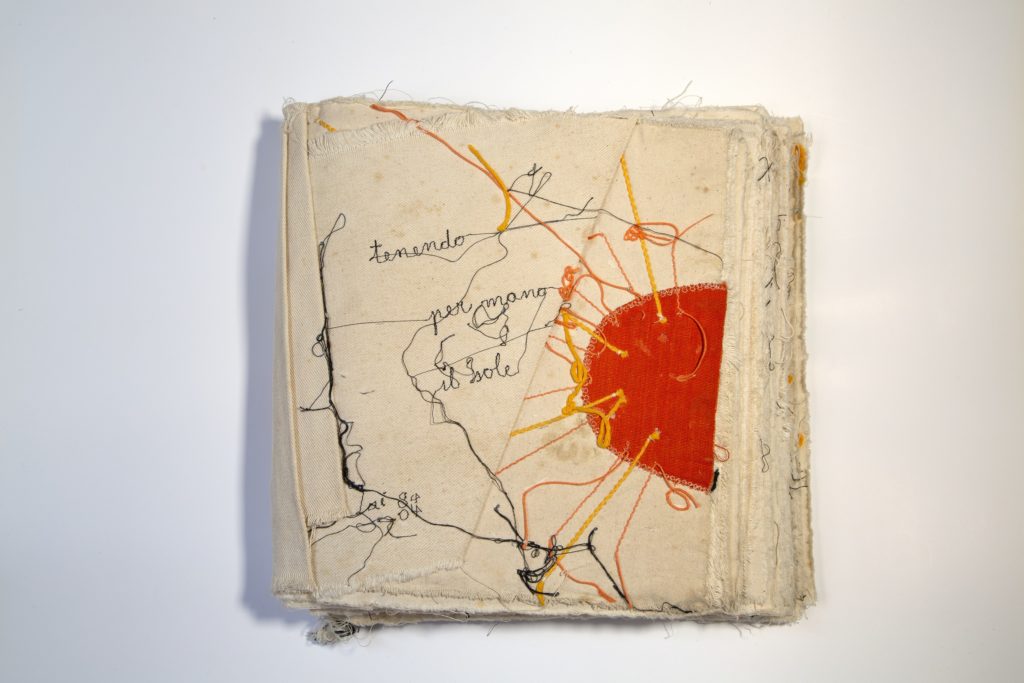

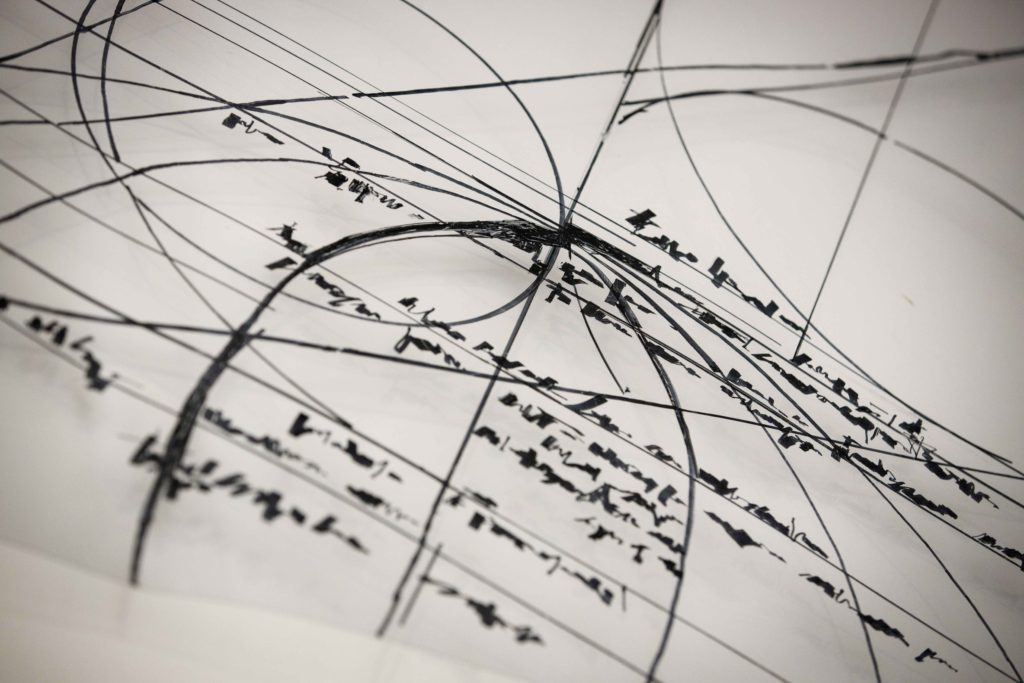
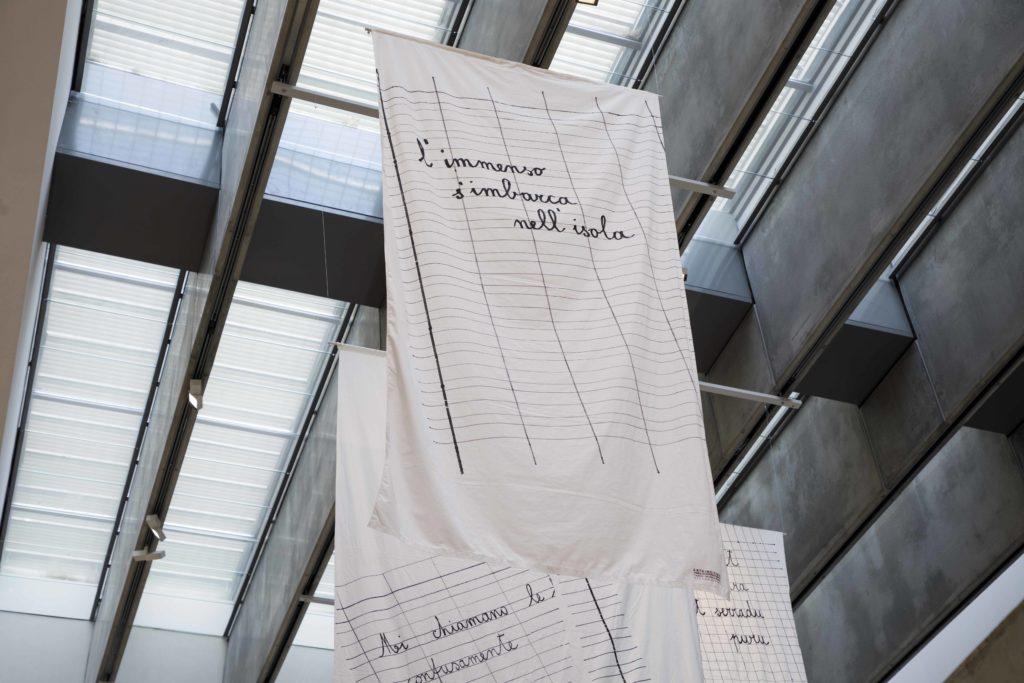
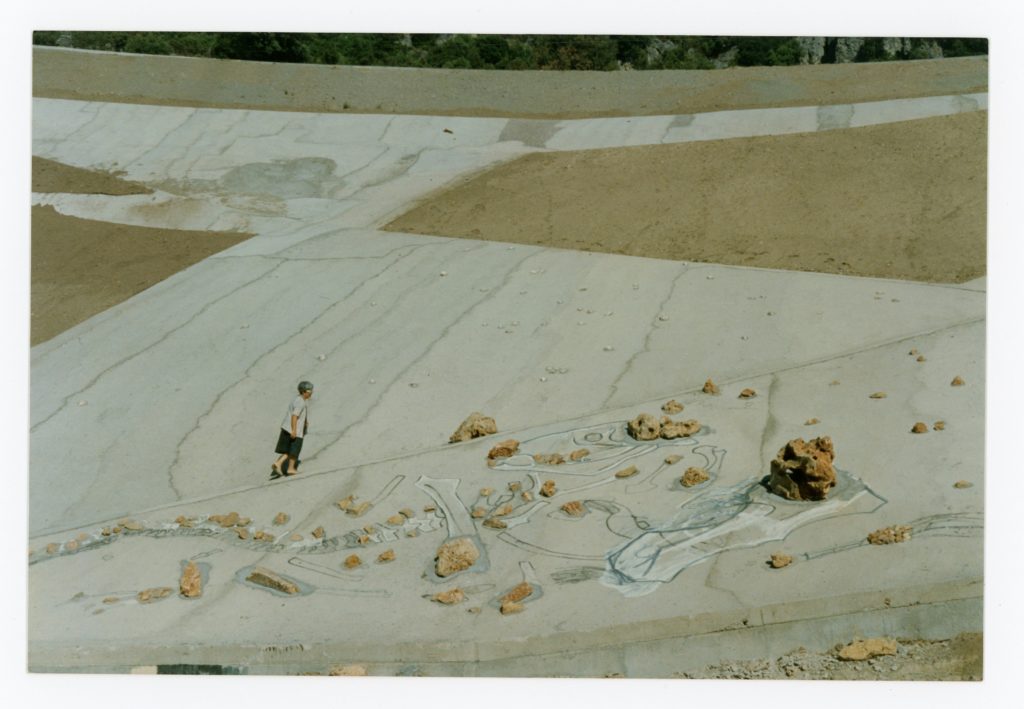

curated by Bartolomeo Pietromarchi, Luigia Lonardelli
in collaboration with Archivio Maria Lai and Fondazione Stazione dell’Arte
On the occasion of the centenary of her birth, MAXXI is dedicating a major exhibition to Maria Lai(1919-2013), one of the most unique characters of contemporary art in Italy, and her works have recently been displayed at Documenta 14 and the 2017 edition of the Venice Biennale.
A necessary tribute to a great artist who created a language in relational art made of sensitivity, local tradition and global codes.
Tenendo per mano il sole is the title of the exhibition and the first Sewn Fable made by the artist. Both the title and the work contain many of the elements typical of Lai’s research: her interest in poetry, language and the word; the cosmogony of her geographies evoked by the sun; the pedagogical vocation implicit in that “taking by the hand”. Not so much a classic retrospective as a story that is not bound by purely chronological constraints and follows a peculiar biographical and artistic path, characterised by discourses and intuitions apparently left suspended before being taken up again many years later.
Through a broad selection of works, many of them previously unseen, the exhibition presents the multifaceted world of Maria Lai and the dense stratification of ideas and suggestions that characterised her imaginary. The show is structured in five sections which take their name from citations or the titles of works by Lai, while the subtitle describes the typical methods of her research; the voice of Maria Lai accompanies each section through a montage of previously unseen material compiled by the director Francesco Casu. There is also a final section documenting the works of environmental art realised by the artist, in particular in the Ogliastra region.
Tenendo per mano il sole, 1984-2004, thread, fabric, velvet (detail). Private collection, Courtesy Archivio Maria Lai. Photo Francesco Casu © Archivio Maria Lai by SIAE 2019
SECTIONS
To Be Is to Weave. Sewing and Mending
Art is Adult’s Play. Playing and Storytelling
Landscape Object. Spreading and Sharing
The Astral Traveller. Imagining the Elsewhere
Art Takes Us by the Hand. Meeting and Participating
Maria Lai and the Ogliastra
Cataloghi della mostra
2019 exhibition’s catalogue
Holding the Sun by the Hand